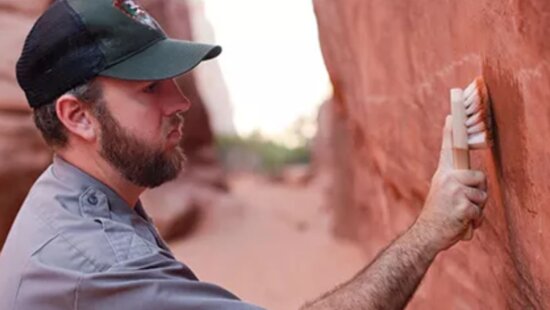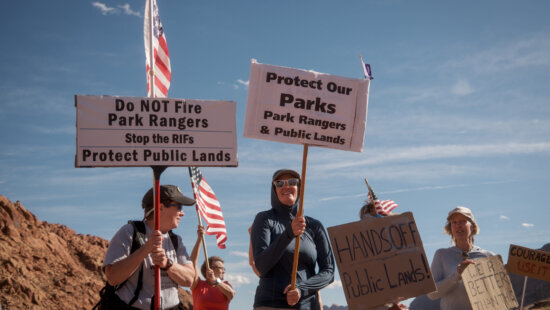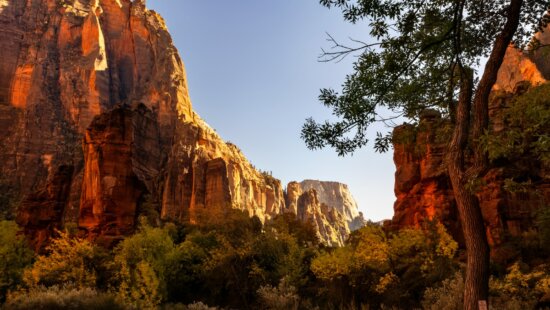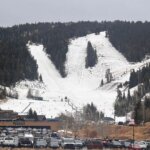News
National Park Service looking into green transportation
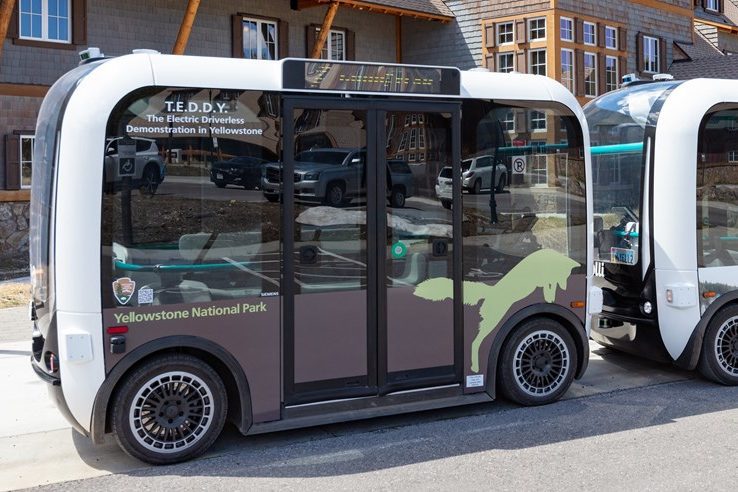
Yellowstone National Park launched TEDDY this summer, (T)he (E)lectric (D)riverless (D)emonstration in (Y)ellowstone. Photo: National Park Service
Americans may soon get a better glimpse into a future of green-friendly transportation by visiting a U.S. national park.
Interior Secretary Deb Haaland and Transportation Secretary Pete Buttigieg were signing a joint pledge Wednesday to test some of the newest and most innovative travel technologies on public lands and improve visitors’ tourism experience.
Under multimillion-dollar pilot programs made available by the $1 trillion infrastructure law and other federal spending, visitors to national parks could see self-driving shuttle buses, along with electric scooter or bike stations and electric charging stations for zero-emission cars.
New real-time information under development via app would notify visitors about road closures and parking space availability, or provide a step-by-step guide to bus locations or rideshare for those wanting to leave their cars behind.
Yellowstone National Park, which has had a record number of visitors this year, is expected to see some of the most immediate changes, with other sites to follow.
“As we celebrate our public lands and the vast infrastructure that sustains them, we also recommit our future endeavors to the goals of job creation, sustainability and innovation,” Haaland said. “Through these new initiatives, our teams will become global leaders at the intersection of transportation innovations and access to public spaces.”
Her department said it was striving to replace its 20-year-old National Park Service shuttle fleet with electric vehicles, a process begun earlier this year. In February, for instance, park officials said it would seek to add 26 electric shuttles and 27 charging stations at Zion National Park in Utah with the help of a $33 million transportation grant.
Buttigieg said the joint initiative would “keep our most prized national wonders accessible and safe for all Americans.” He and Haaland planned a tour of a trail widening project on Wednesday for bicyclists and pedestrians along the Potomac River in the nation’s capital.
The effort comes as America’s national parks have seen visits soar this past year from pandemic-weary travelers in search of the wide-open refuge of the outdoors. But that’s added to traffic congestion and potential strain on the surrounding environment.
Over the summer, Yellowstone was the first to begin a limited test of eight-passenger automated shuttles. The shuttles, which ran 6 to 12 miles per hour and traveled within the Canyon Village campground and adjoining visitor lodging area, had a safety attendant on board to pull the brake in case of unexpected hazards. The park has seen its busiest season ever with about 4.8 million visits so far in 2021. Due to growing crowds, vehicular demand is expected to exceed current capacity at the park by 2023, with roadways and parking already over capacity in peak months.
The bipartisan infrastructure law signed by President Joe Biden this week provides up to $1.5 billion a year for the National Park Service, as well as $200 million a year in discretionary grants aimed in part at addressing climate change and protecting wildlife.
That’s on top of $1.9 billion annually over five years approved by Congress last year for long-deferred renovation projects in national parks, national forests and other sites that has spurred recent construction around the country, including the trail widening in Washington.
















